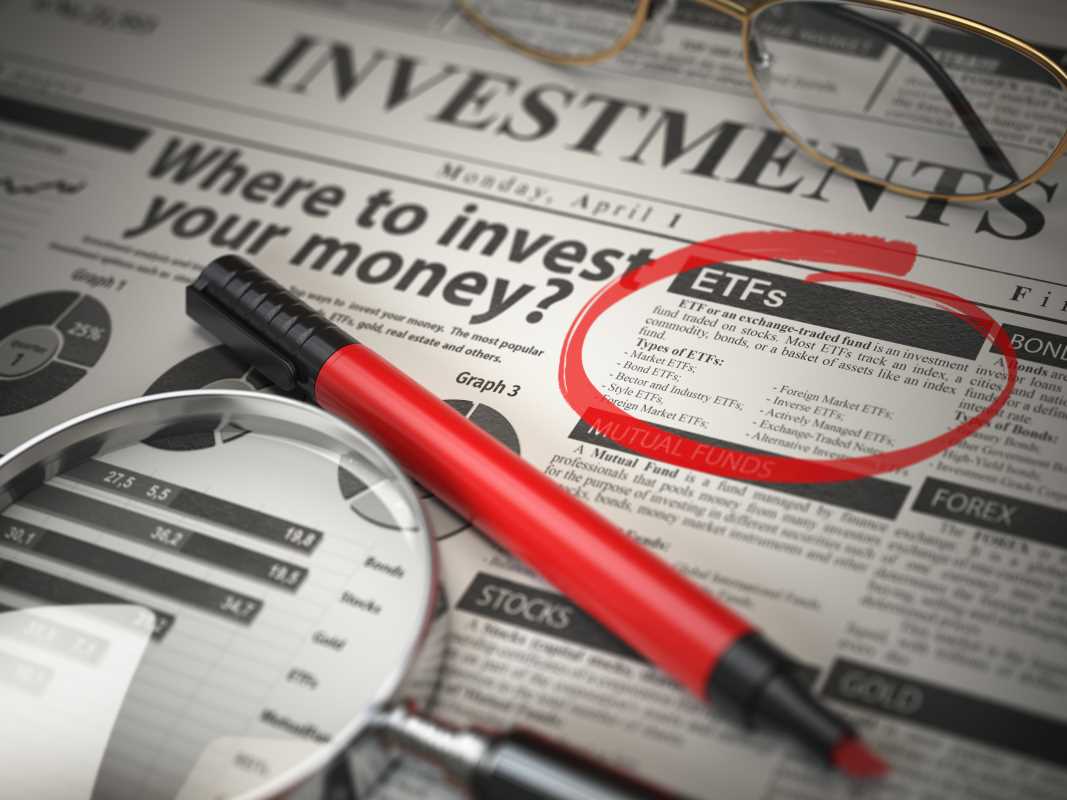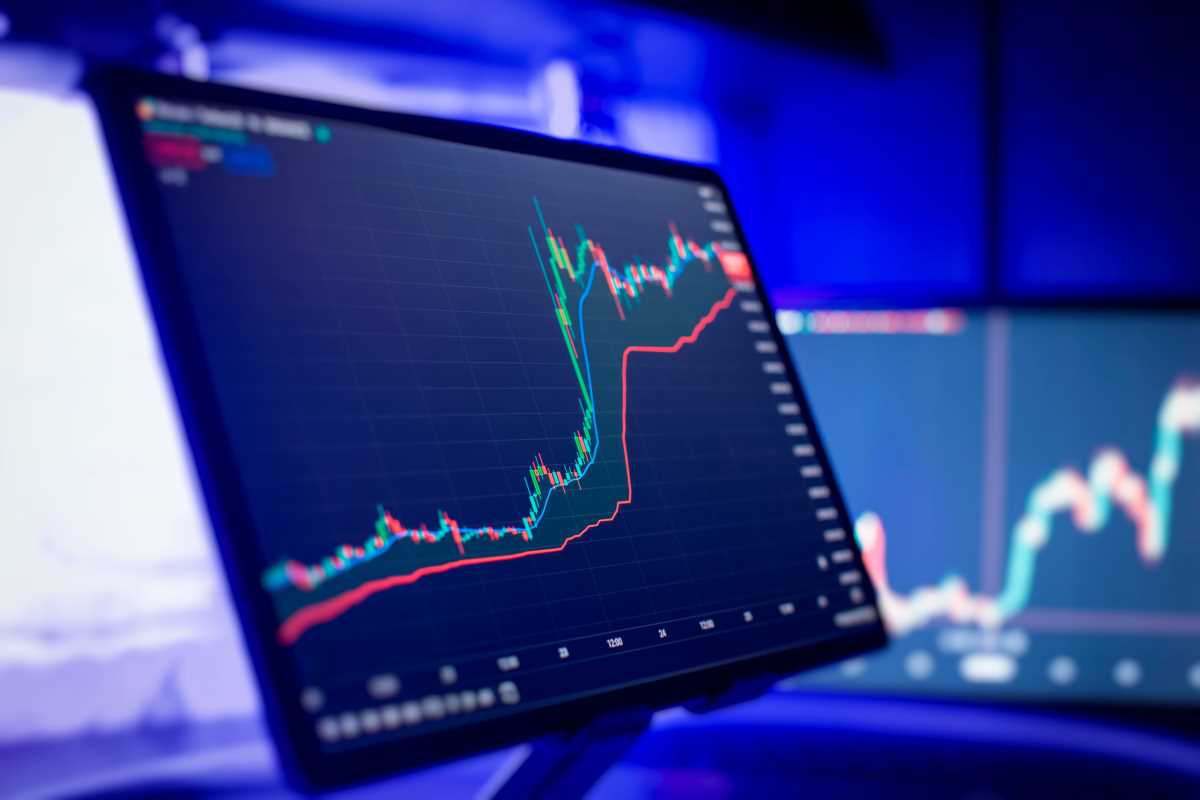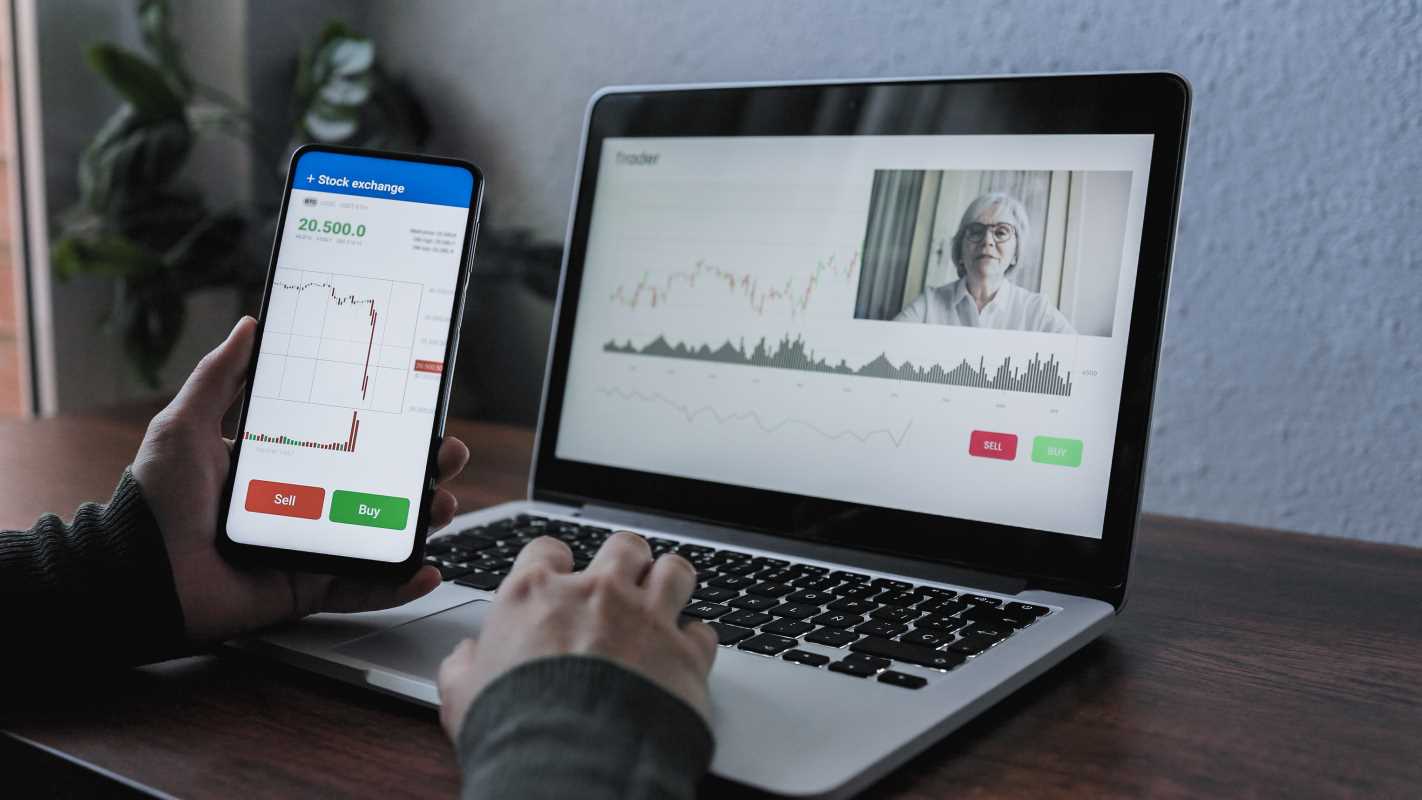Stepping into the world of investing can feel like learning a new language, with a vocabulary full of acronyms and confusing terms. Two of the most common terms you will encounter are "mutual funds" and "ETFs." Both are popular tools for building a diversified portfolio, but they work in different ways. Understanding the key distinctions between them is a crucial step in making smart financial decisions that align with your goals. This guide is here to break it all down for you. We will clearly explain what mutual funds and ETFs are, compare their features, and help you feel confident in choosing the right path for your investment journey. You can take control of your financial future.
What Are Mutual Funds and ETFs?
At their core, both mutual funds and exchange-traded funds (ETFs) are pools of money collected from many investors. This pooled money is then used to invest in a collection of assets like stocks, bonds, or other securities. Think of them as a basket holding many different investments. This built-in diversification is their main appeal, as it spreads your risk across many assets instead of betting on just one.
- Mutual Funds: These are professionally managed investment funds that pool money from many investors to purchase securities. When you buy a share, you are buying a small piece of this large, diversified portfolio.
- ETFs (Exchange-Traded Funds): These are very similar to mutual funds in that they also hold a basket of assets. The primary difference is in how they are bought and sold. As their name suggests, ETFs trade on a stock exchange just like individual stocks.
Both tools offer an excellent way to achieve instant diversification, but their differences in structure, cost, and trading mechanics can have a big impact on your investment experience.
Key Differences: A Head-to-Head Comparison
To truly understand which option might be better for you, let's compare across several key features.
How They Trade
This is the most significant difference between the two.
- Mutual Funds: You buy and sell shares directly from the fund company or through a brokerage. The price you pay is the fund's Net Asset Value (NAV), which is calculated only once per day after the market closes. This means everyone who buys or sells on a given day gets the same price.
- ETFs: You buy and sell these on a stock exchange throughout the day, just like you would with a stock like Apple or Ford. Their prices fluctuate all day long based on supply and demand. This allows you to know the exact price you are paying or receiving at the moment you place your trade.
Management Style
Both can be either actively or passively managed, but their common structures differ.
- Mutual Funds: Many traditional ones are actively managed. This means a professional fund manager or a team of analysts is actively picking investments, trying to beat a specific market benchmark (like the S&P 500). This hands-on management comes at a higher cost.
- ETFs: The vast majority are passively managed. They are designed to simply track a specific market index. For example, an S&P 500 ETF aims to hold the same stocks in the same proportions as the index, seeking to match its performance, not beat it. This automated approach results in much lower management fees.
Costs and Fees
Fees can eat into your returns over time, so this is a critical area to compare.
- Mutual Funds: Active management means higher fees. These are expressed as an "expense ratio," which is an annual percentage of your investment taken to cover the fund's operating costs. Actively managed funds can have expense ratios of 1% or even higher. Some also have sales loads (commissions) you pay when you buy or sell.
- ETFs: Because most are passively managed, these typically have much lower expense ratios. It's common to find broad-market ETFs with expense ratios well below 0.10%. Most do not have sales loads, but you will likely pay a small commission to your broker when you buy or sell them, just as you would with a stock.
Minimum Investment
How much money you need to get started can also be a deciding factor.
- Mutual Funds: Many require a minimum initial investment, which can range from $500 to $3,000 or more. This can be a barrier for new investors who are just starting with small amounts.
- ETFs: The minimum investment is the price of a single share. This could be as low as $50 or $100. Furthermore, many brokerages now offer fractional shares, allowing you to get started with as little as $1.
Which One Is Right for You?
The choice depends entirely on your personal style, goals, and preferences. Here’s a simple breakdown to help you decide.
You might prefer ETFs if:
- You are a cost-conscious investor. The generally lower expense ratios can save you a significant amount of money over the long run.
- You want trading flexibility. These allow you to trade throughout the day, use advanced order types (like limit orders), and know your exact price when you execute a trade.
- You are a do-it-yourself investor. Excellent building blocks for investors who want to construct and manage their own portfolios with a low-cost, passive strategy.
- You are starting with a small amount of money. The ability to buy a single share or even a fractional share makes these highly accessible.
You might prefer mutual funds if:
- You believe in active management. If you want a professional manager to actively try and outperform the market for you, an actively managed mutual fund is the way to go.
- You want to automate your investing completely. Many mutual fund companies make it very easy to set up automatic, recurring investments of a specific dollar amount. This is a great way to "set it and forget it."
- You prefer a simpler, once-a-day transaction. The single daily price can simplify things for long-term investors who aren't concerned with intraday price movements.
You don't have to choose just one. Many successful investors use a combination in their portfolios. For example, you might use low-cost ETFs for the core of your portfolio to get broad market exposure and then add a few actively managed mutual funds in specific areas where you believe a skilled manager can make a difference.







